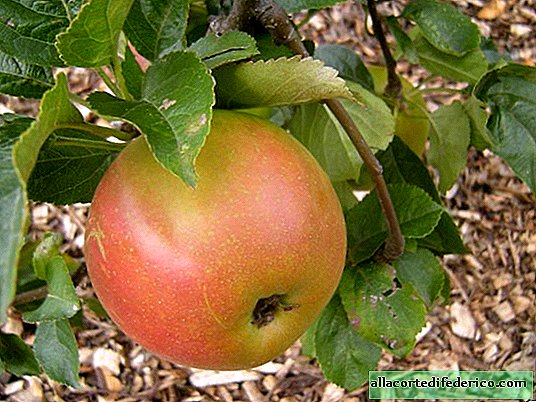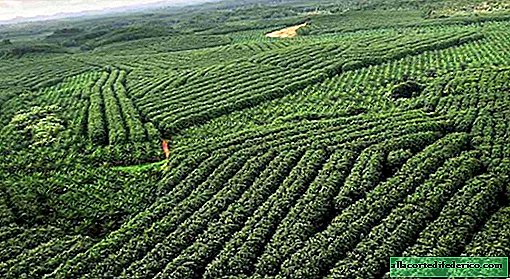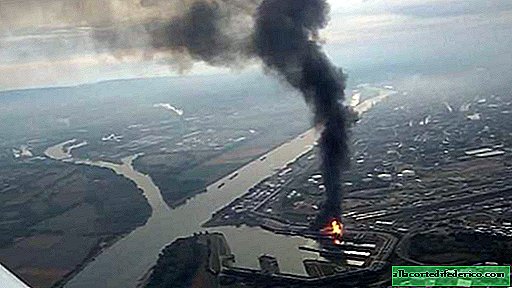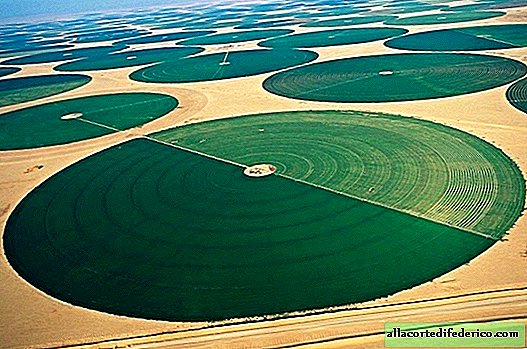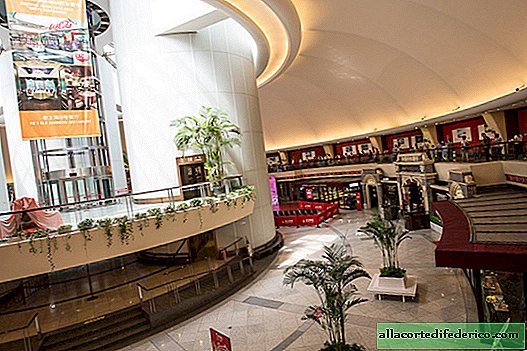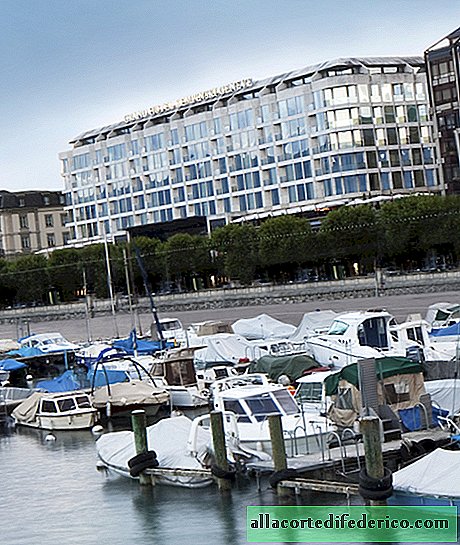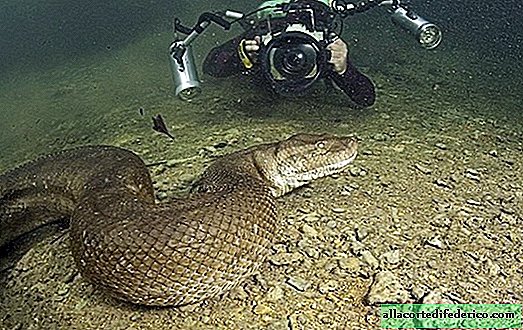Does the acid season in Armyansk threaten the velvet season in Crimea
Will it reach Yalta, Sudak, Feodosia, Sevastopol and Yevpatoriya? Is there a threat of acid rain? What to expect and fear? In recent days, these questions have been of concern to many: both locals and tourists. Moreover, the latter - both already vacationing in the Crimea, and those who are just going to enjoy the velvet season.
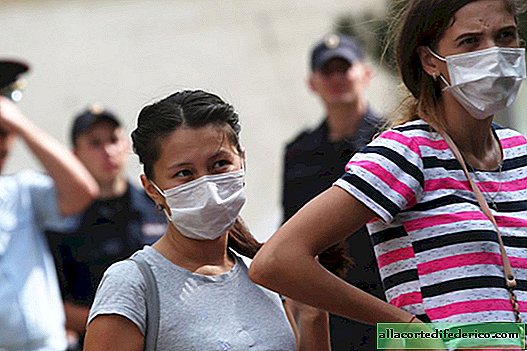
The environmental situation with acid emissions in Armyansk made many worried. And if the inhabitants of the northern Crimea were directly affected, then the residents and guests of the resort part of the peninsula are more likely psychologically. So what is the situation now and what should be expected?
Firstly, a few words about the current situation in Armyansk.
Literally the next night after the evacuation of children, from September 6 to 7, the long-awaited rains began throughout the Crimea, interrupting the protracted drought. Most precipitation occurred in the south of Crimea, but also in the north. The rains turned out to be plentiful, so nature to some extent also helped with the problematic acid accumulator, "adding" water to it. Let me remind you that it was water shortage that led to the formation of sulfur dioxide anhydride and its spread to the surrounding area. So for some time the severity of the problem slightly decreased, and in the last two days the atmospheric indicators in Armyansk have noticeably improved.
However, the rains that fell on the South Coast, in Simferopol and Sevastopol, contrary to fears, were not acidic and did not carry a danger to people and infrastructure.
Secondly, regarding the prospects for the near future.
The Crimean authorities announced the decision to build a 9-kilometer pipeline from the Karkinitsky Bay to the ill-fated acid accumulator in order to pump the necessary amount of sea water into it and completely neutralize the negative impact, but this takes a lot of time, the “special operation” will last at least until spring. Therefore, the risk of a repetition of the situation with the vapors in the area of the Crimean Titan plant still exists if dry, hot weather sets in again (despite September, this is a common occurrence in Crimea).

What can one expect in resort towns?
Specialists and scientists who evaluate the current situation did not keep themselves waiting with answers to these questions.
Sevastopol, Yalta, Sudak, Feodosia, Alushta and other cities on the South Coast are not threatened with rainfall. This statement was made by specialists of the Marine Hydrophysical Institute of the Russian Academy of Sciences. The fact is that air flows to the southern coast of Crimea come from the south-west, and not from the direction of Armyansk. Do not forget about the main ridge of the Crimean Mountains, which protects the South Coast from the north. In addition, the rains that went in the Crimea also help clear the atmosphere of harmful fumes.
"Rains will not come here. They will fall in the next 10, 20, maybe 50 kilometers. If, however, they do, close the windows tightly, put on a primitive mask moistened with water or a solution of soda. That's all there is to offer to do at home"- says Sergey Kondratyev, senior researcher at Hydrophysis.
Naturally, these days in all the cities of Crimea close attention is paid to the state of the atmosphere, environmentalists are constantly taking measurements both in the air and on the ground.
Both the central authorities and the leaders of the Crimean cities unanimously declare that all the indicators are normal, and much lower than the threshold values, so there is nothing to worry about for residents of resort towns or for vacationers.

